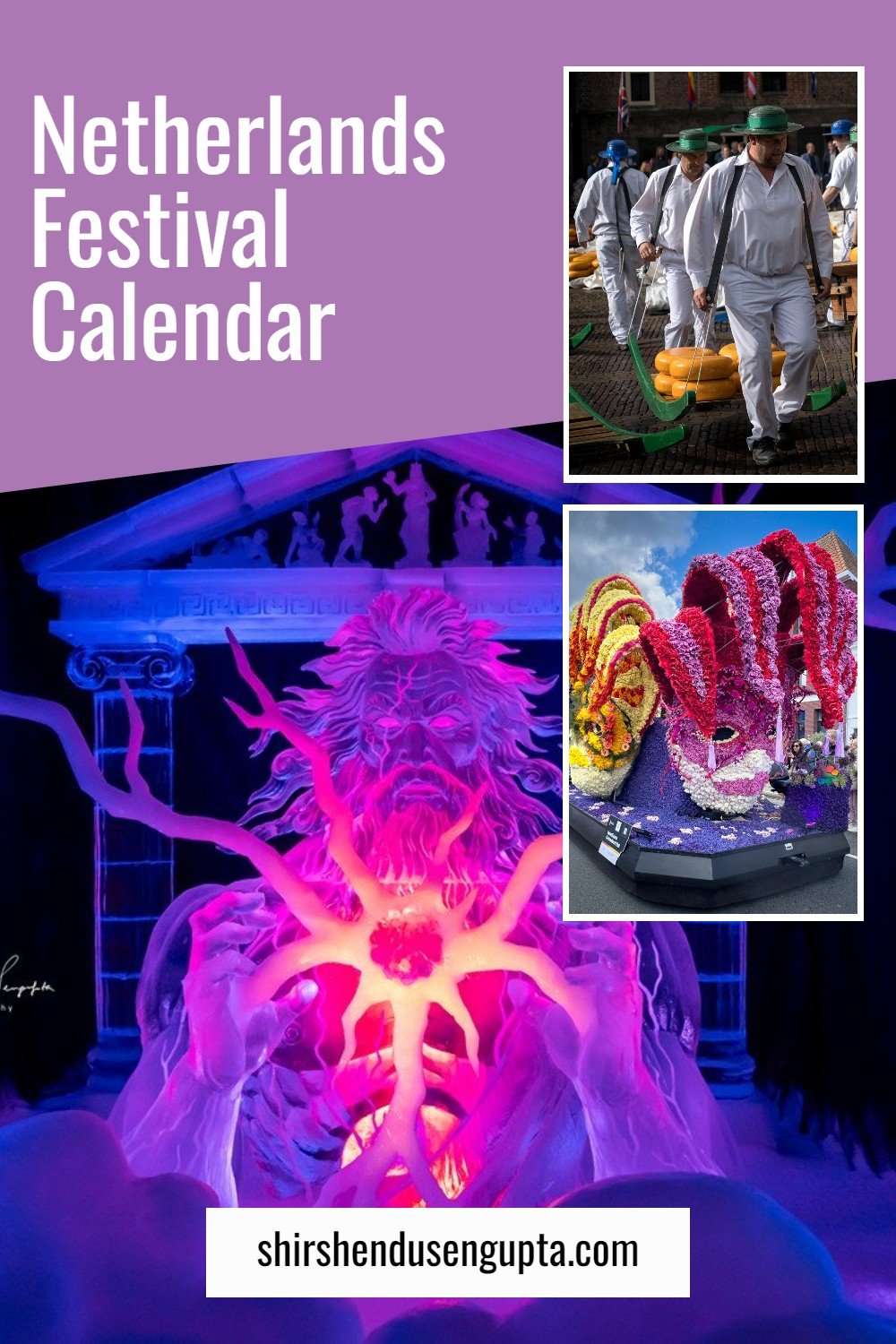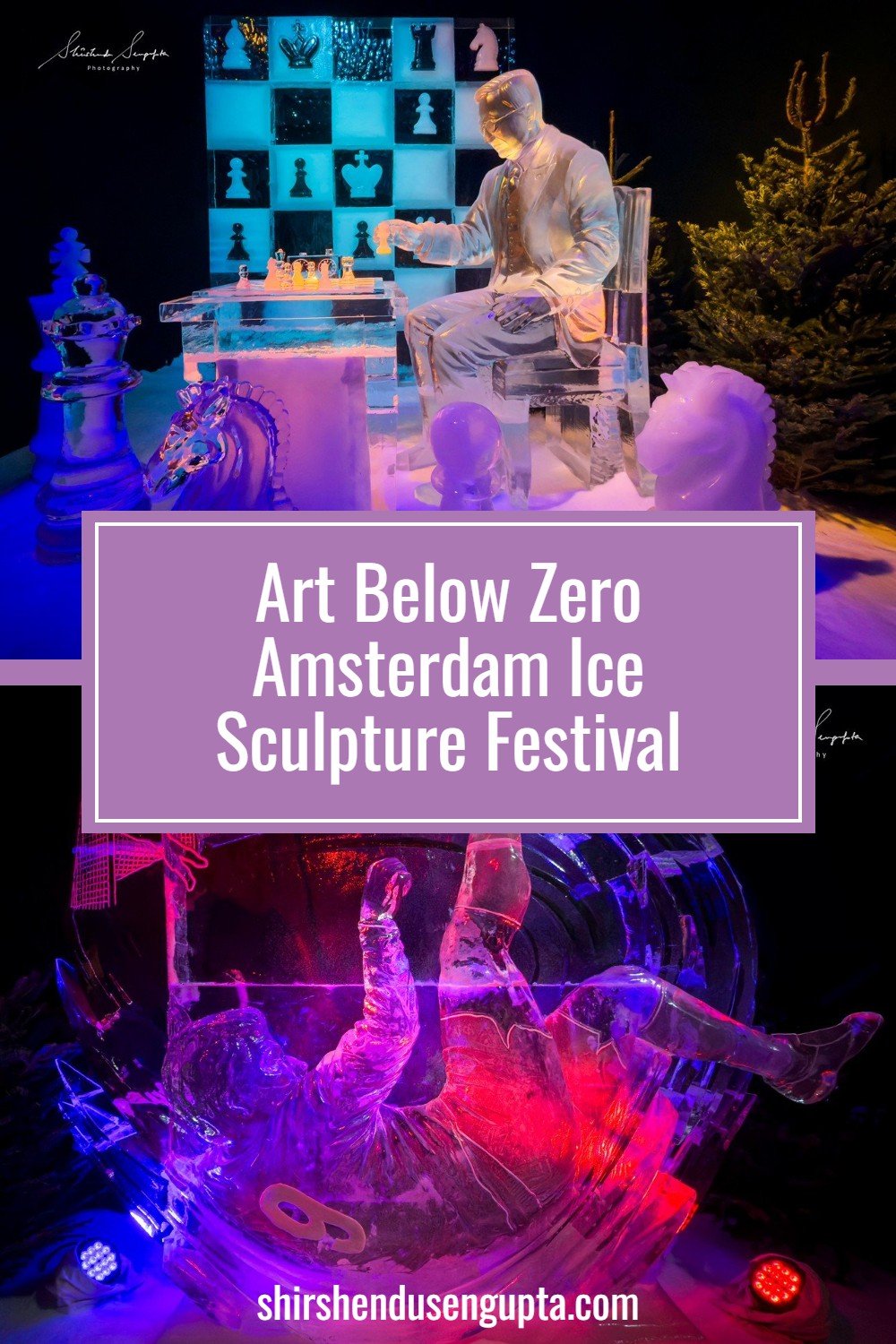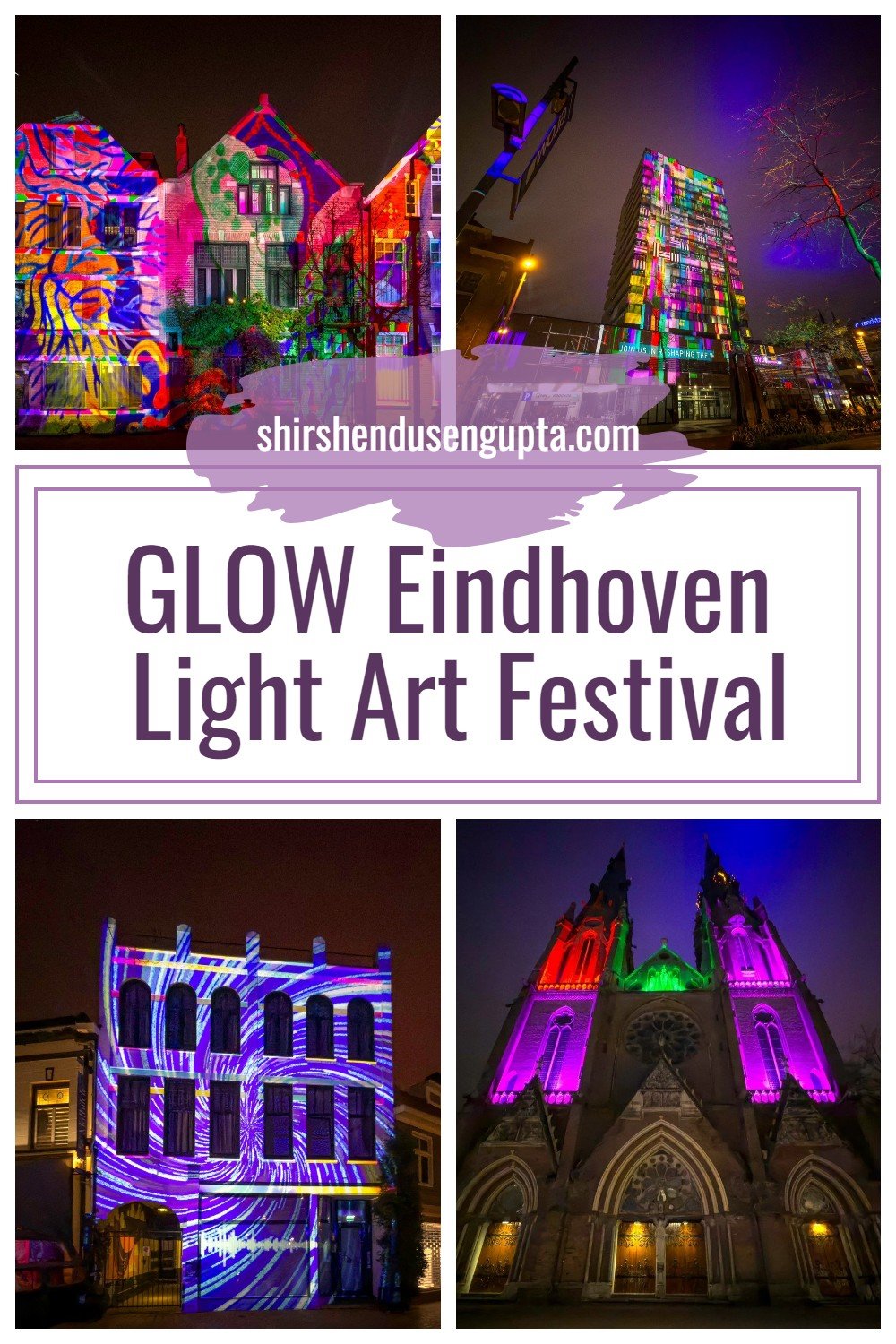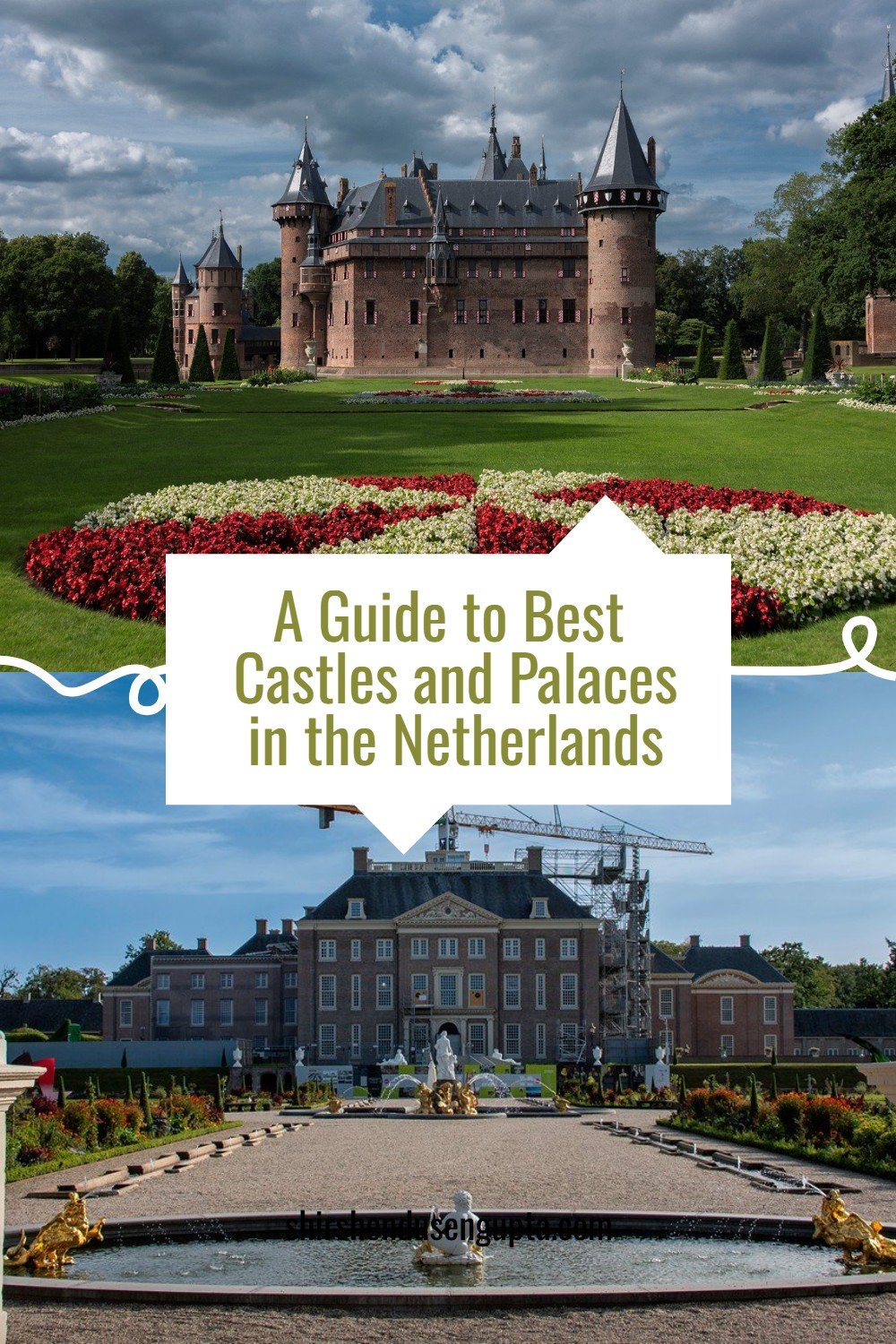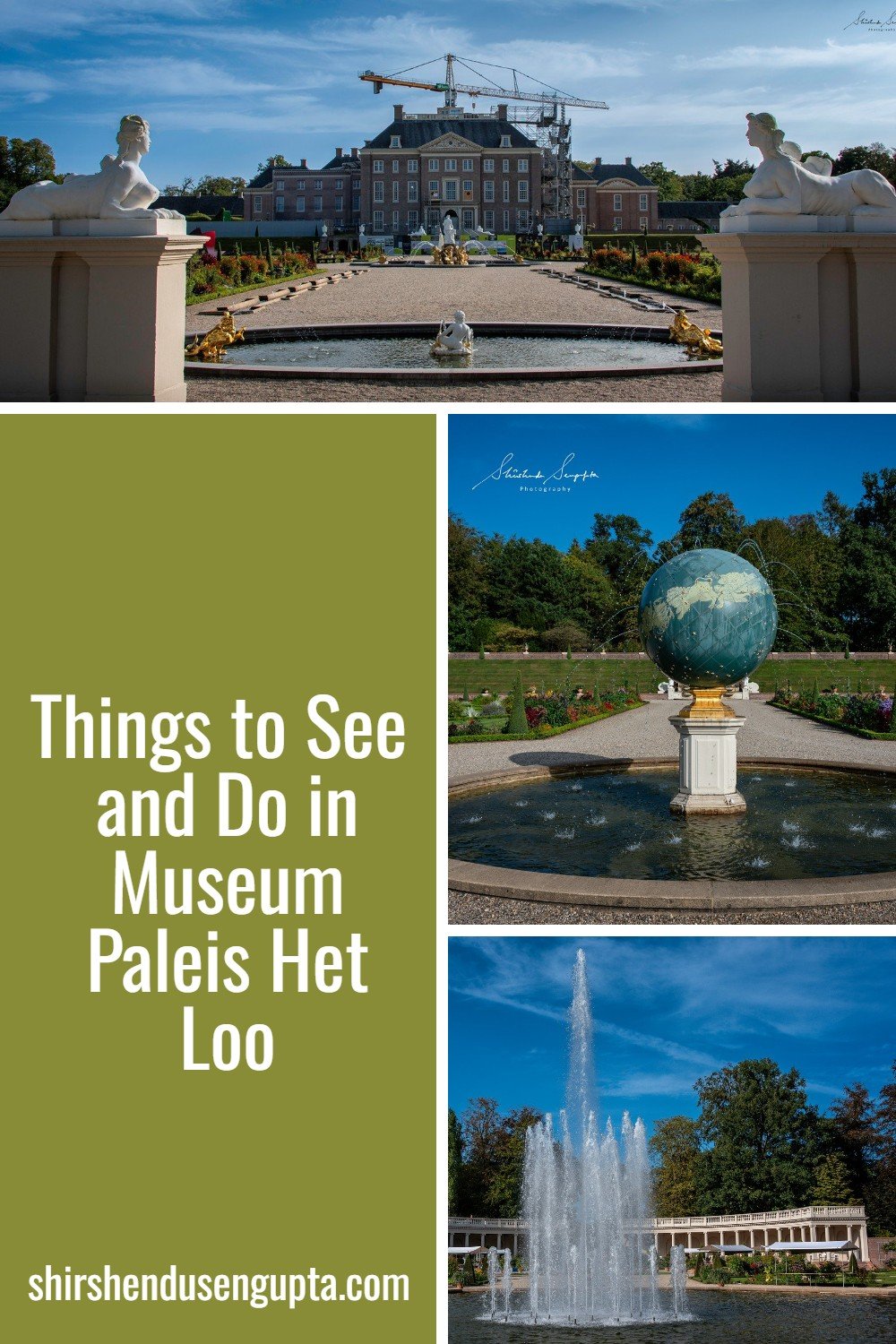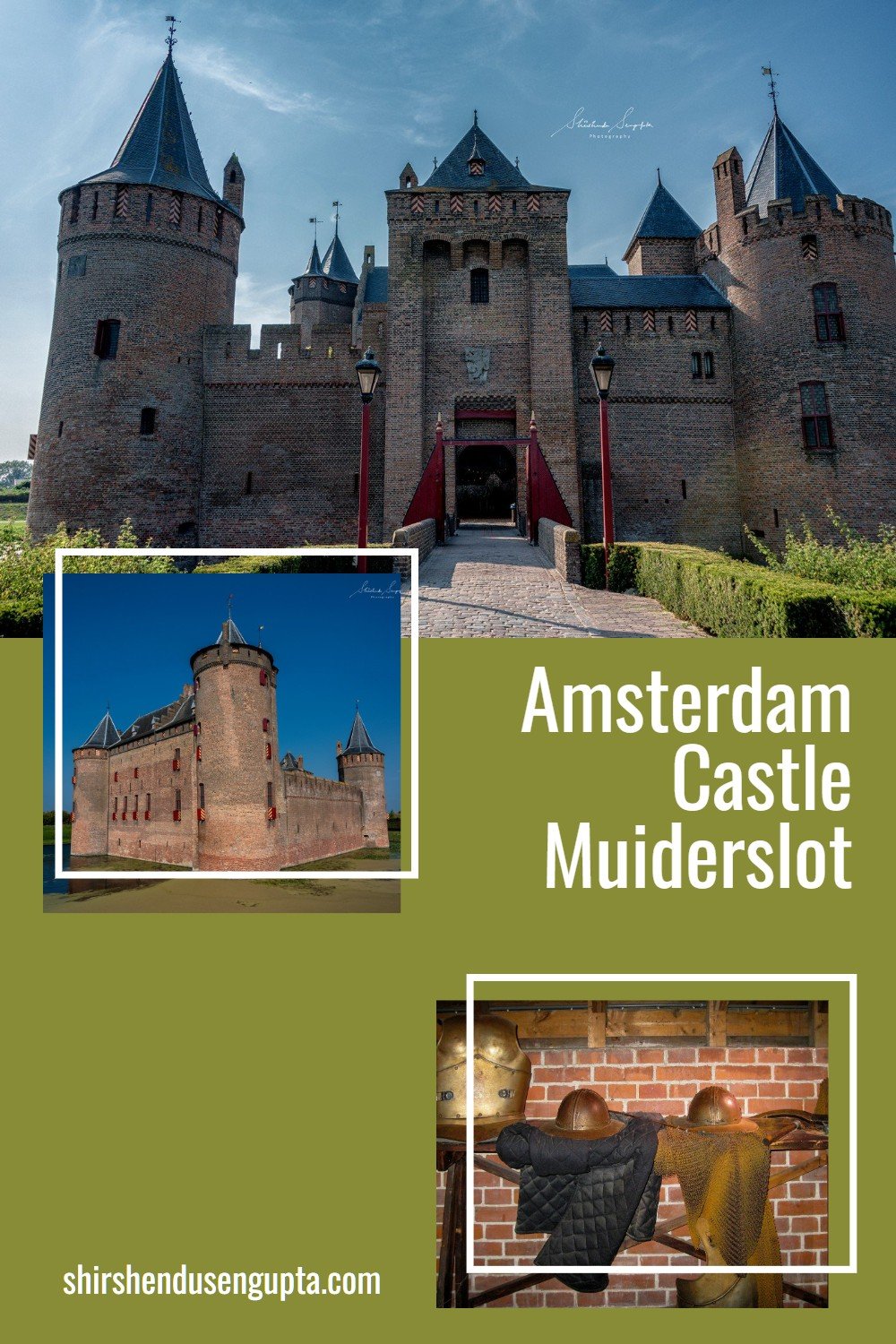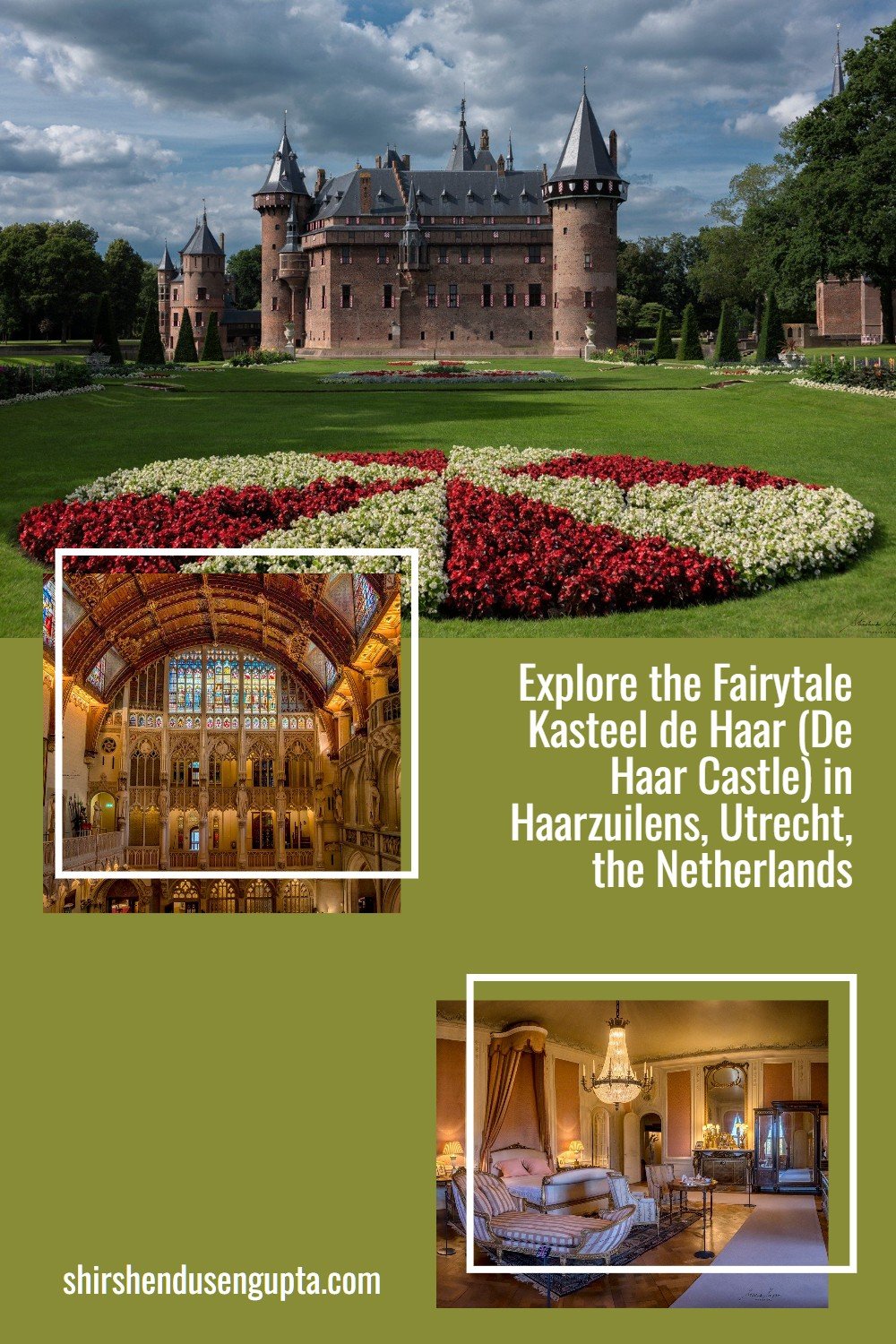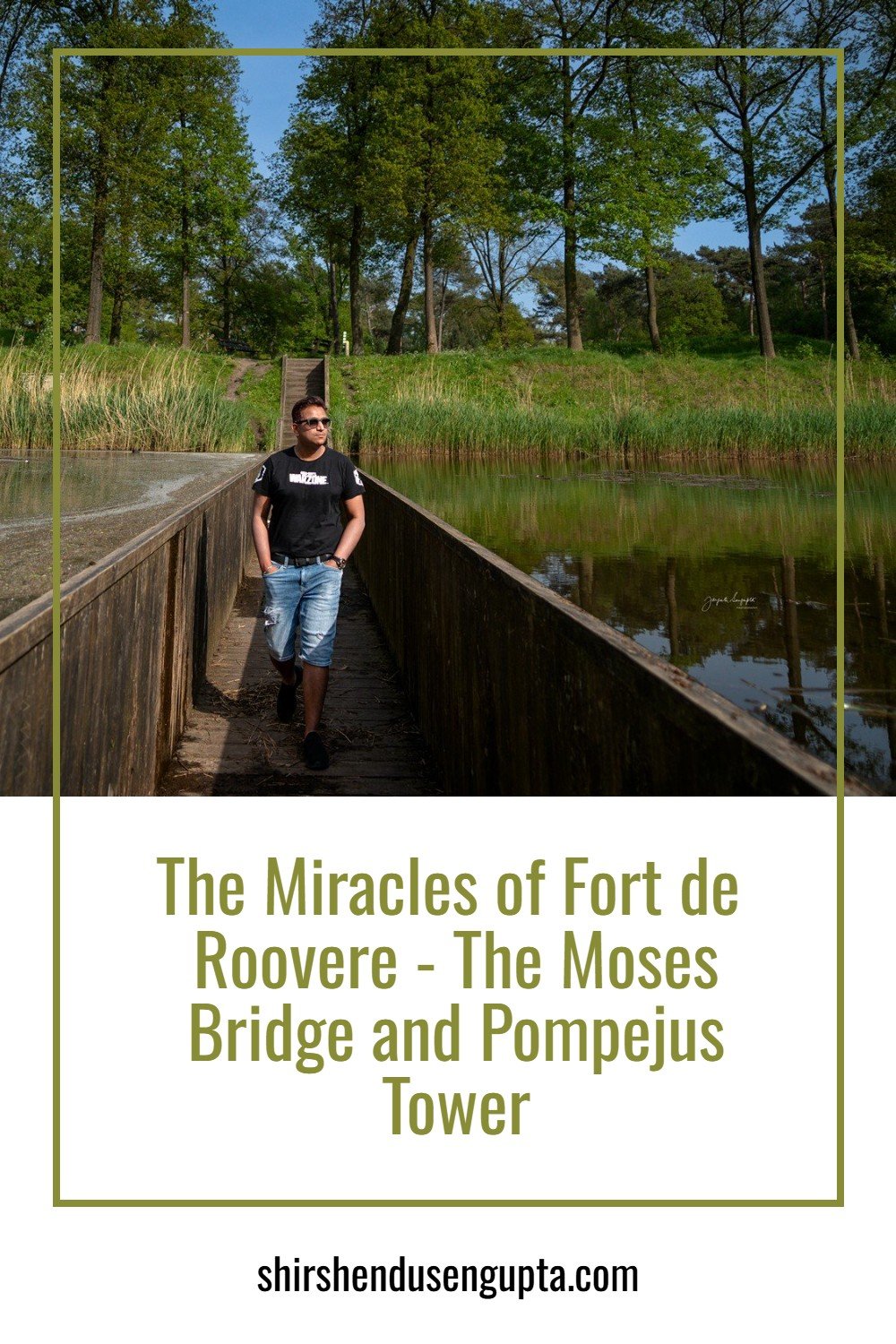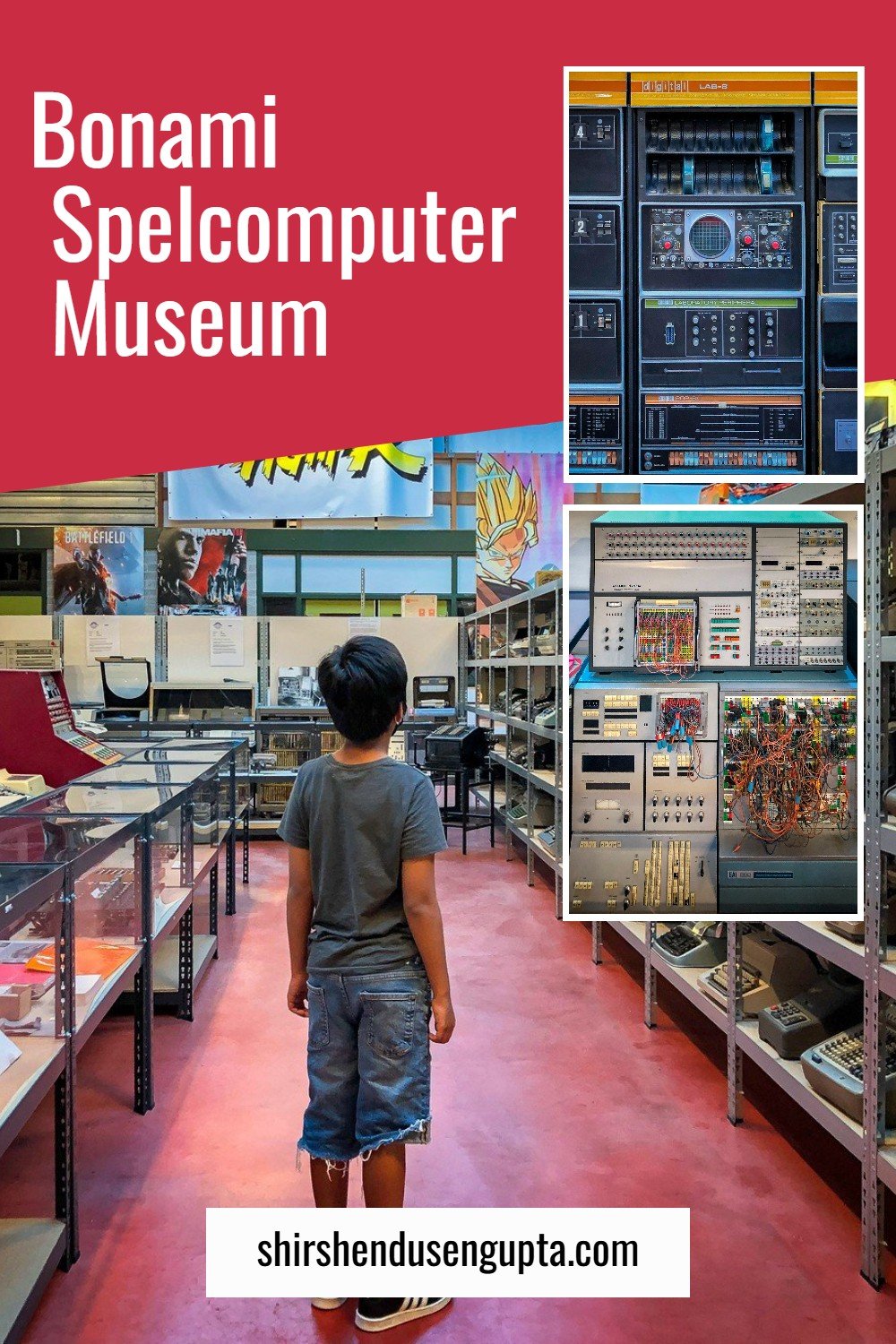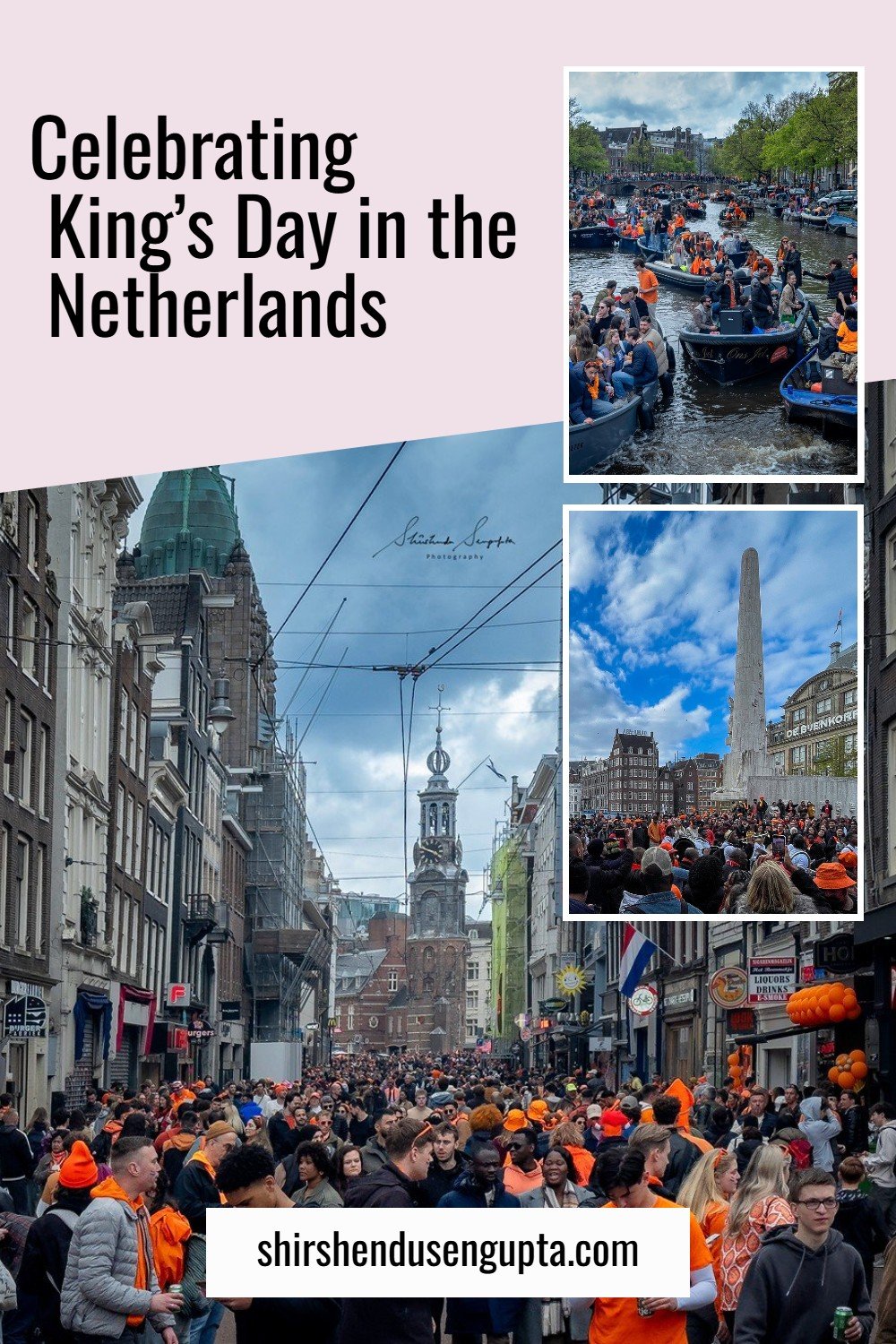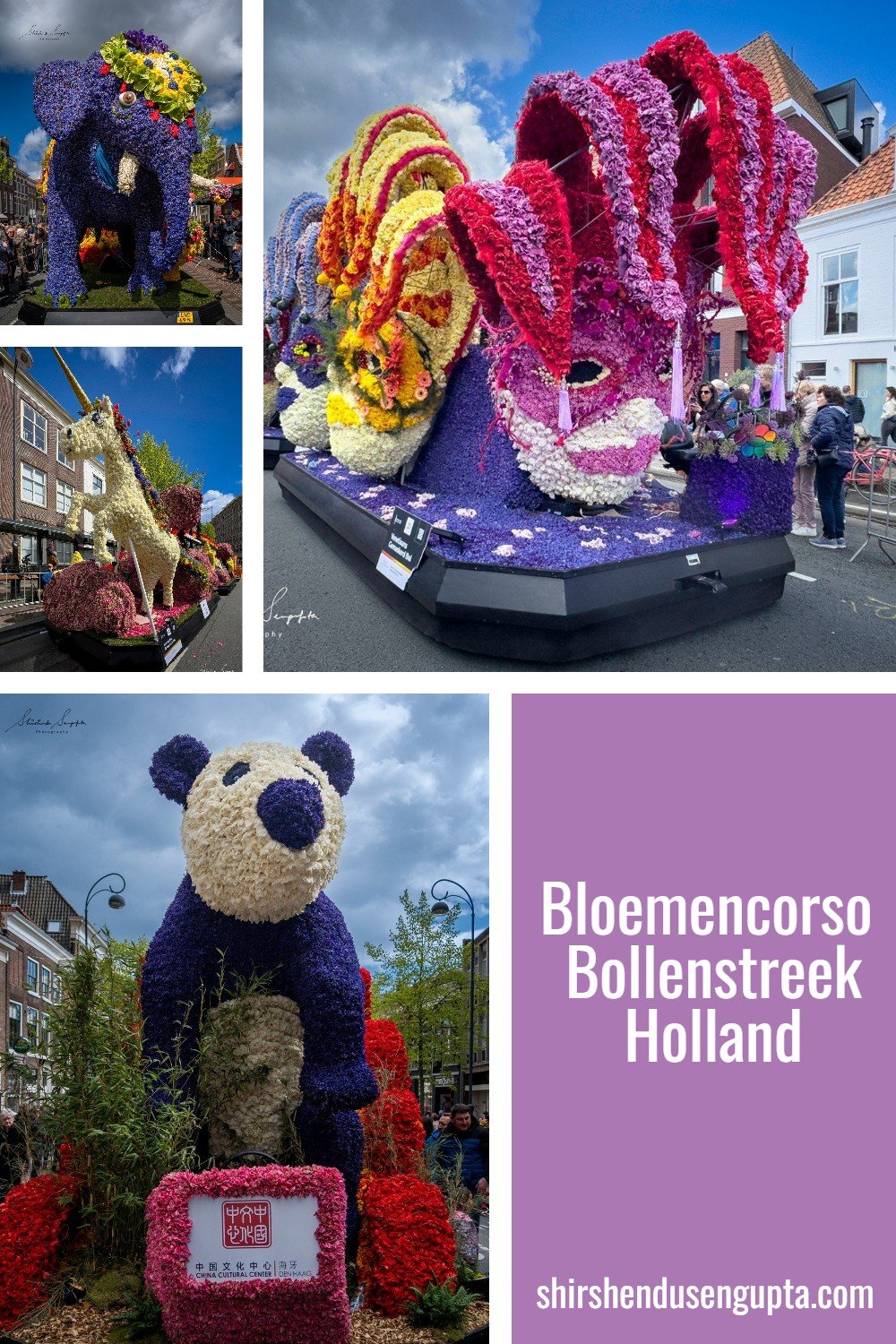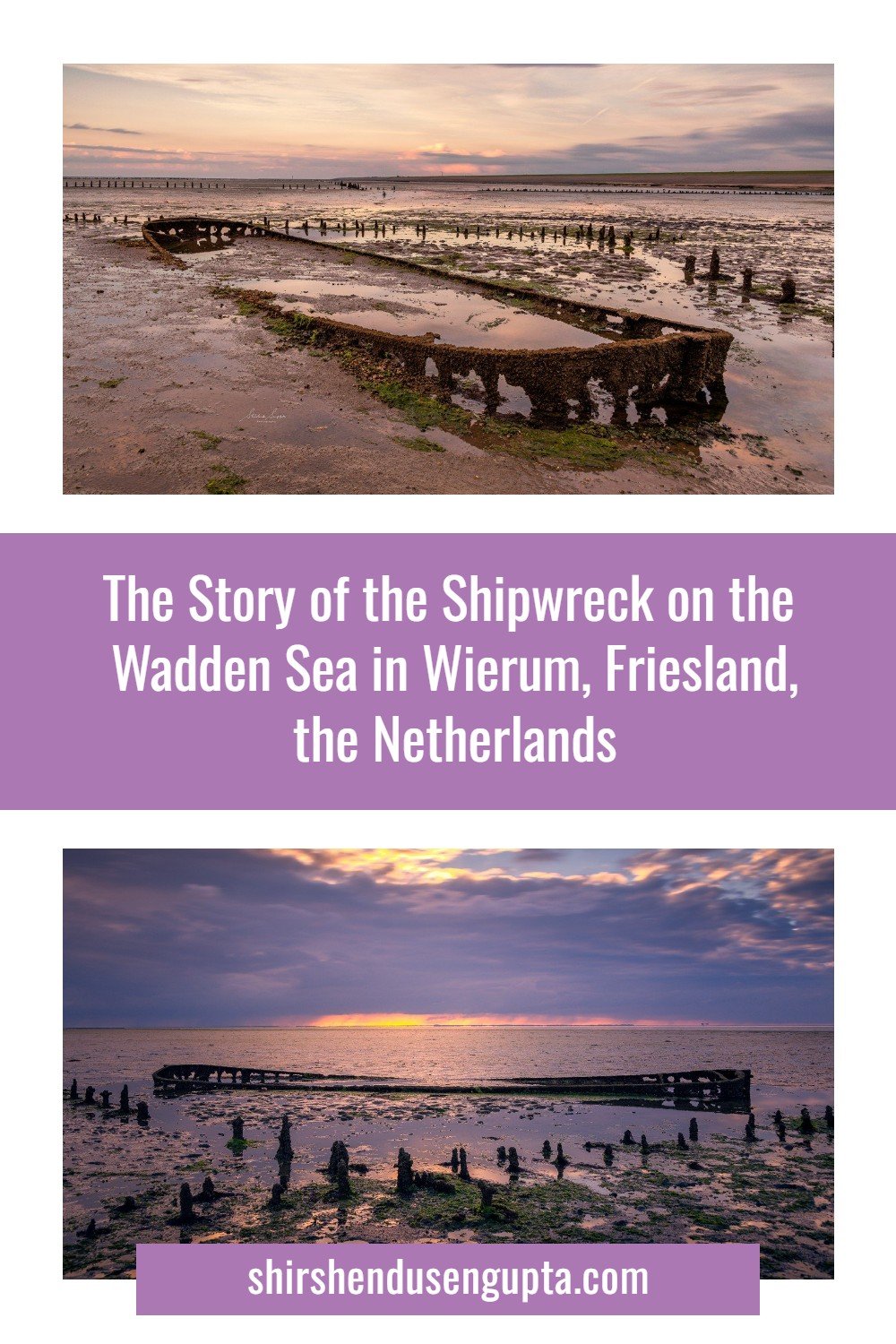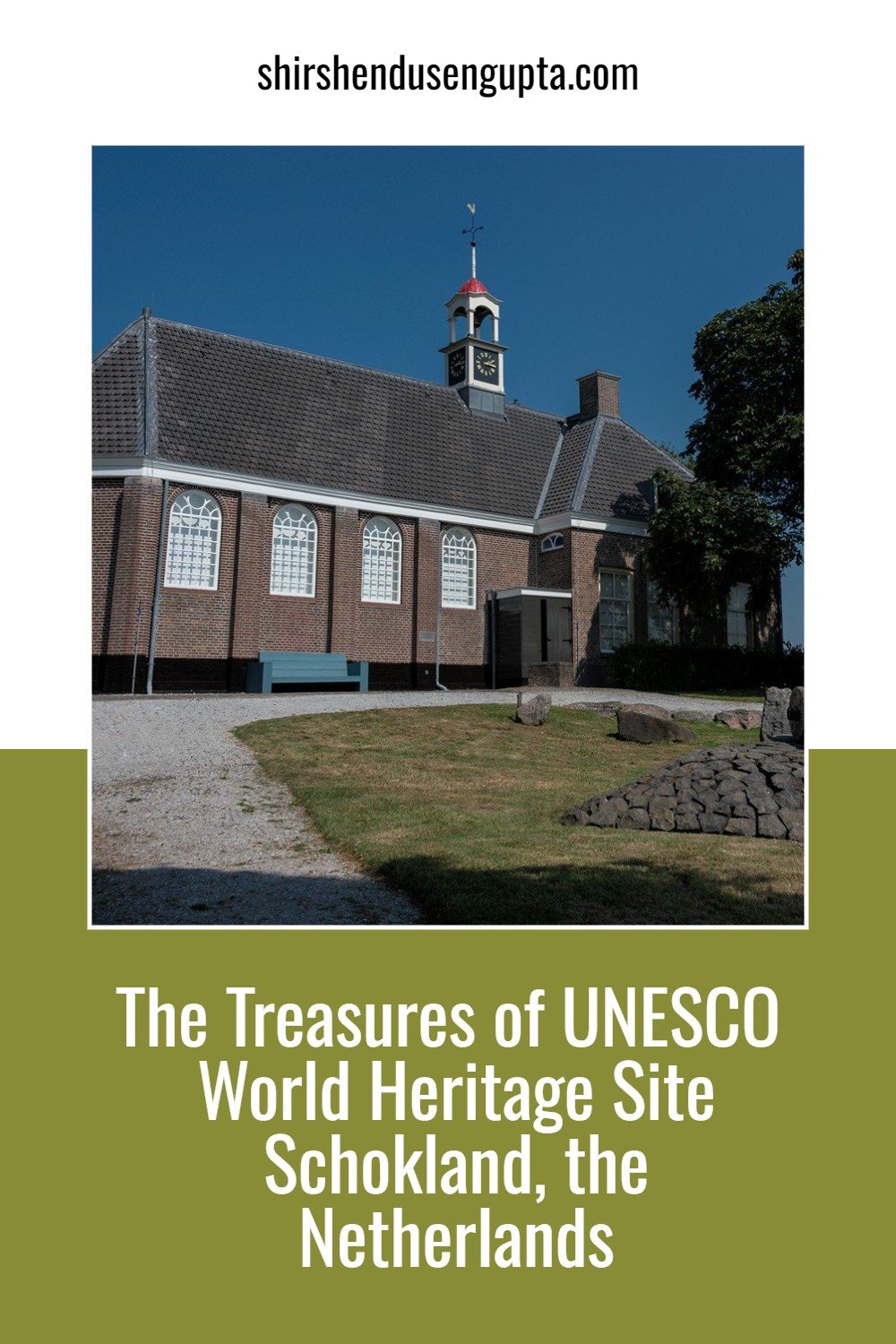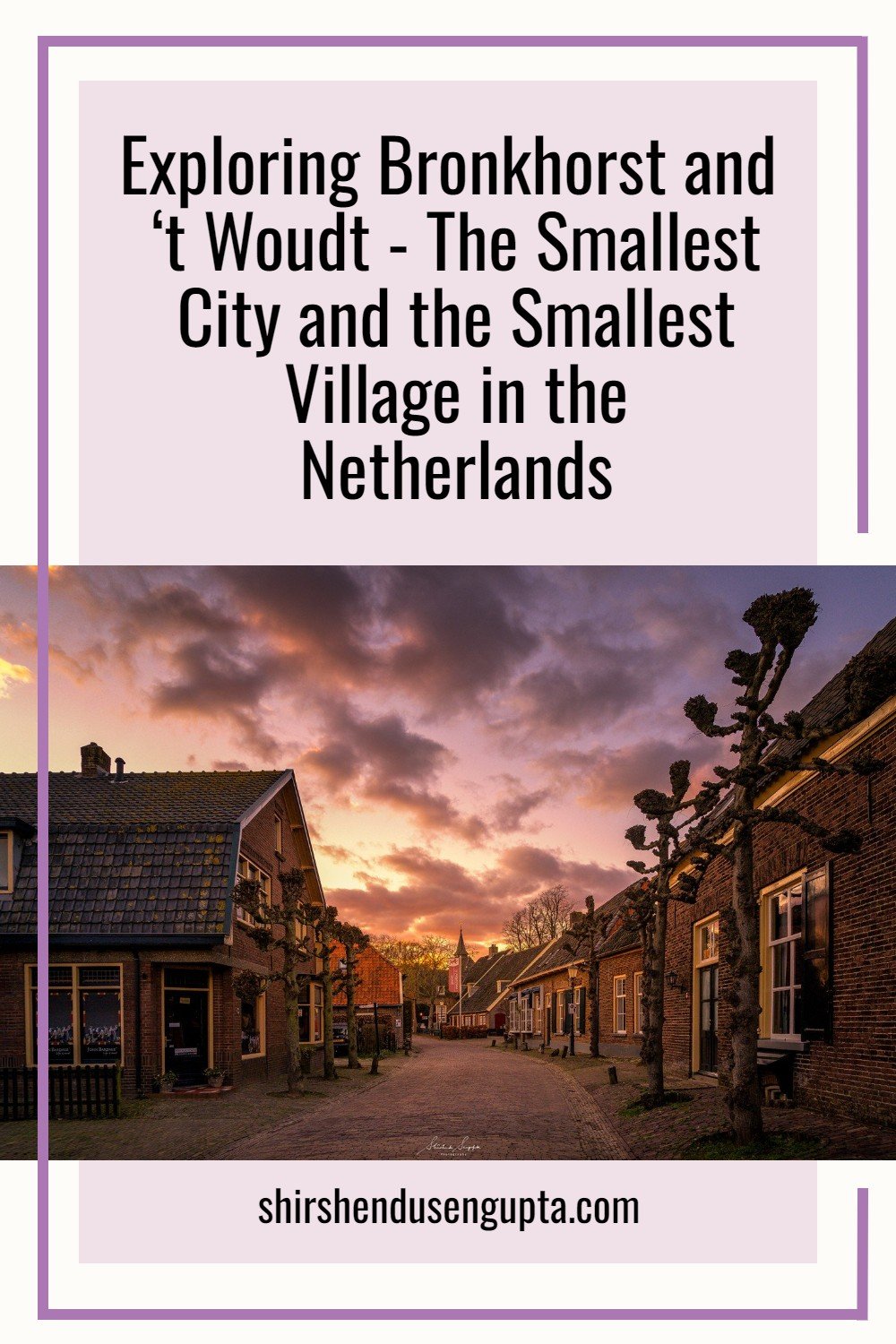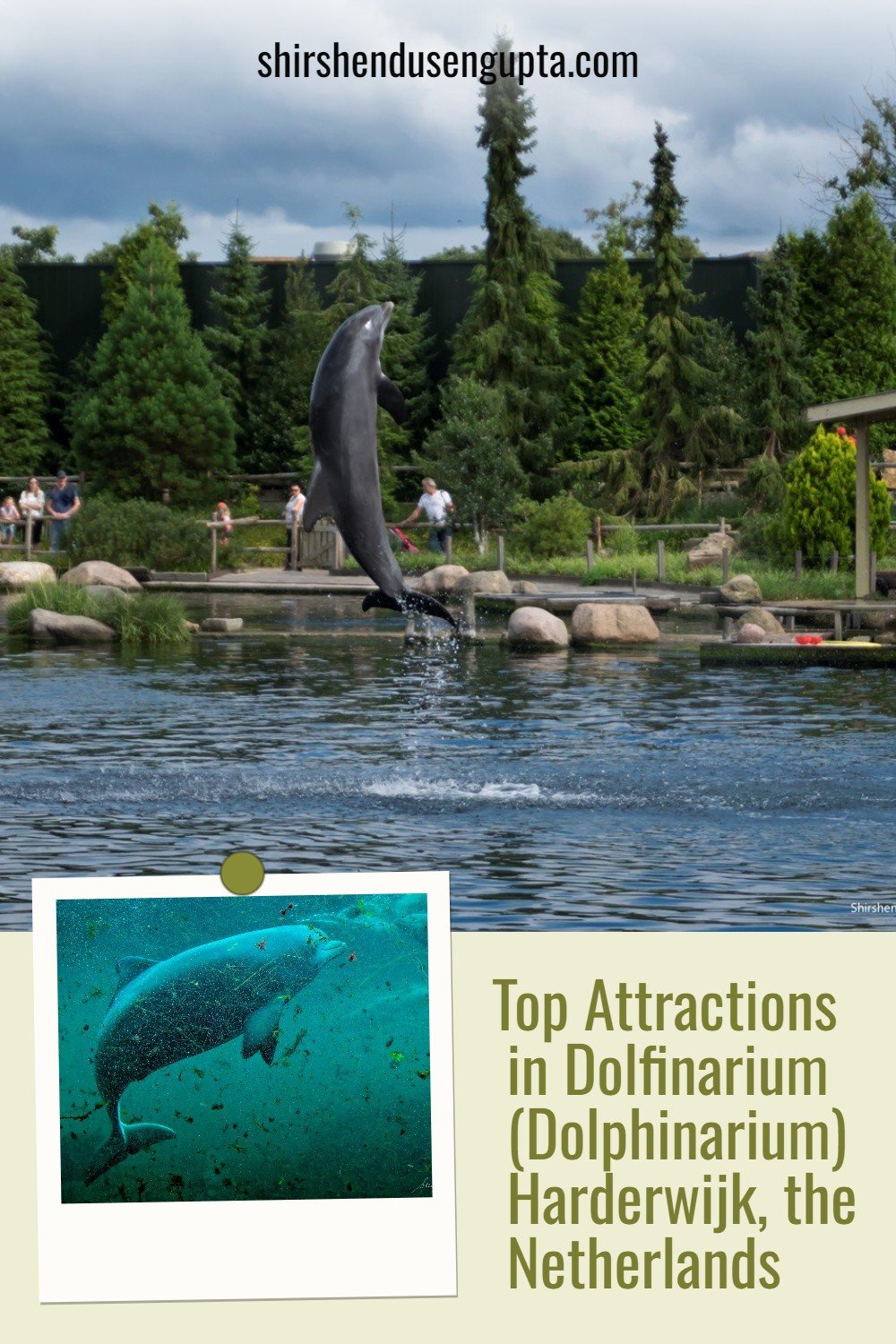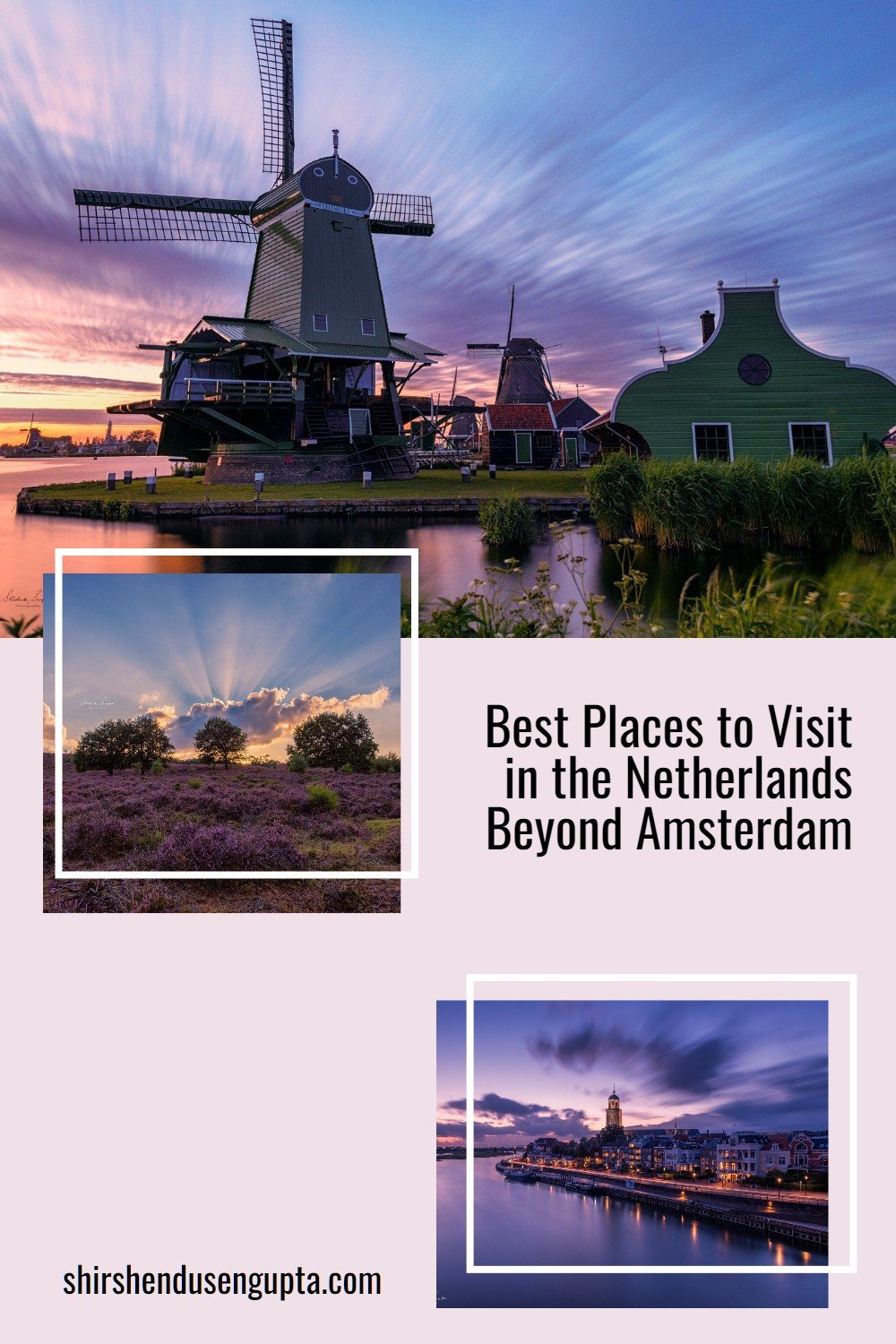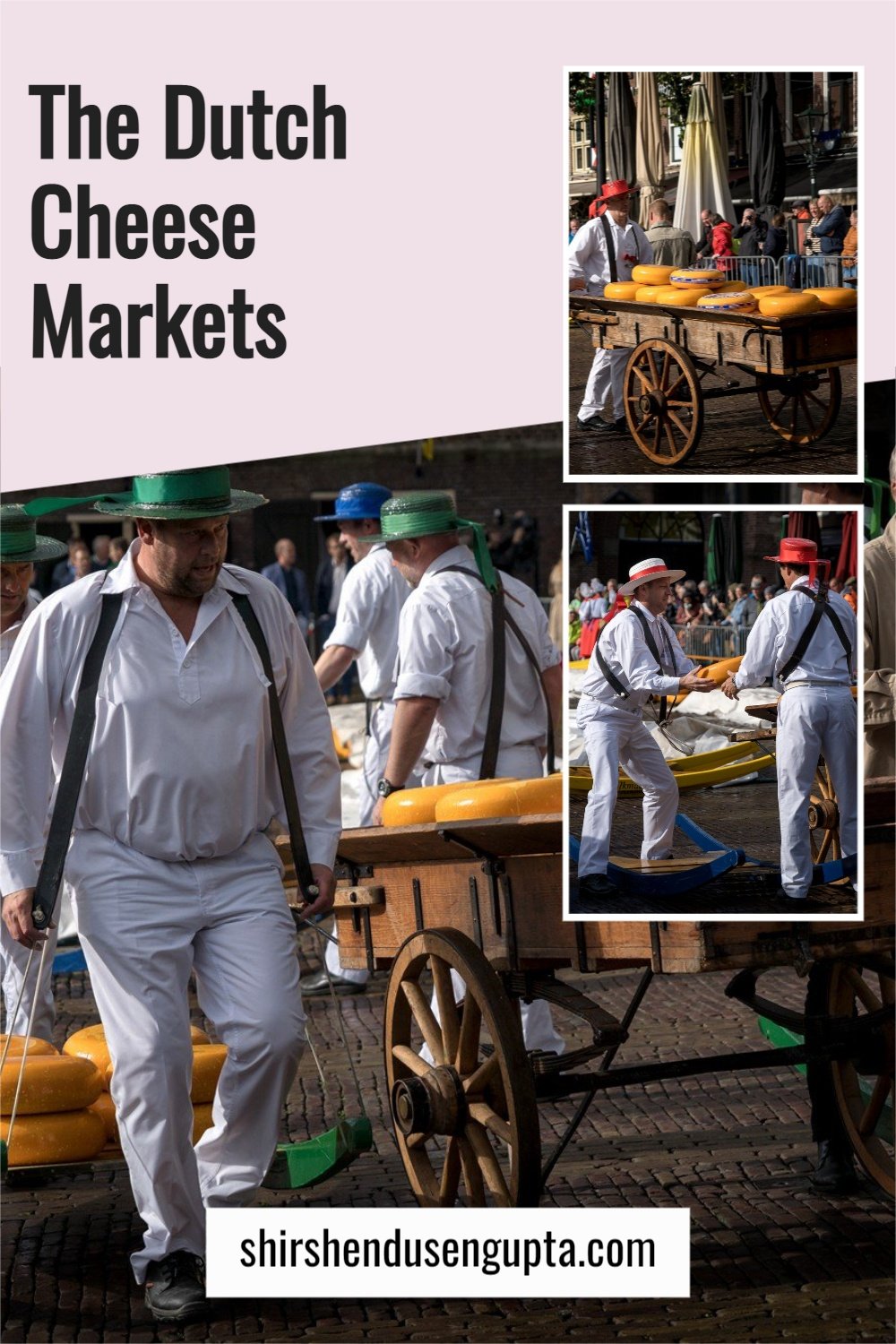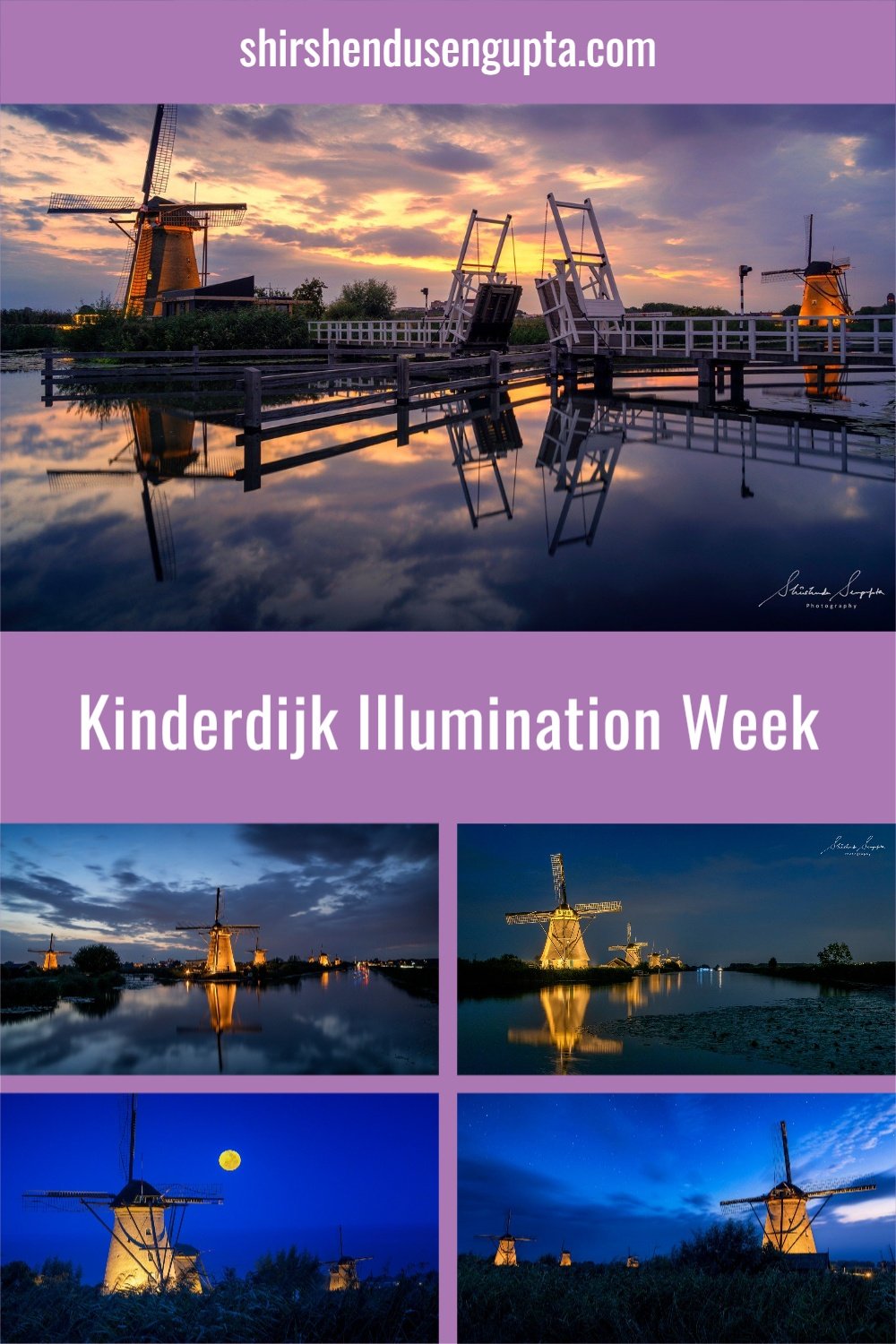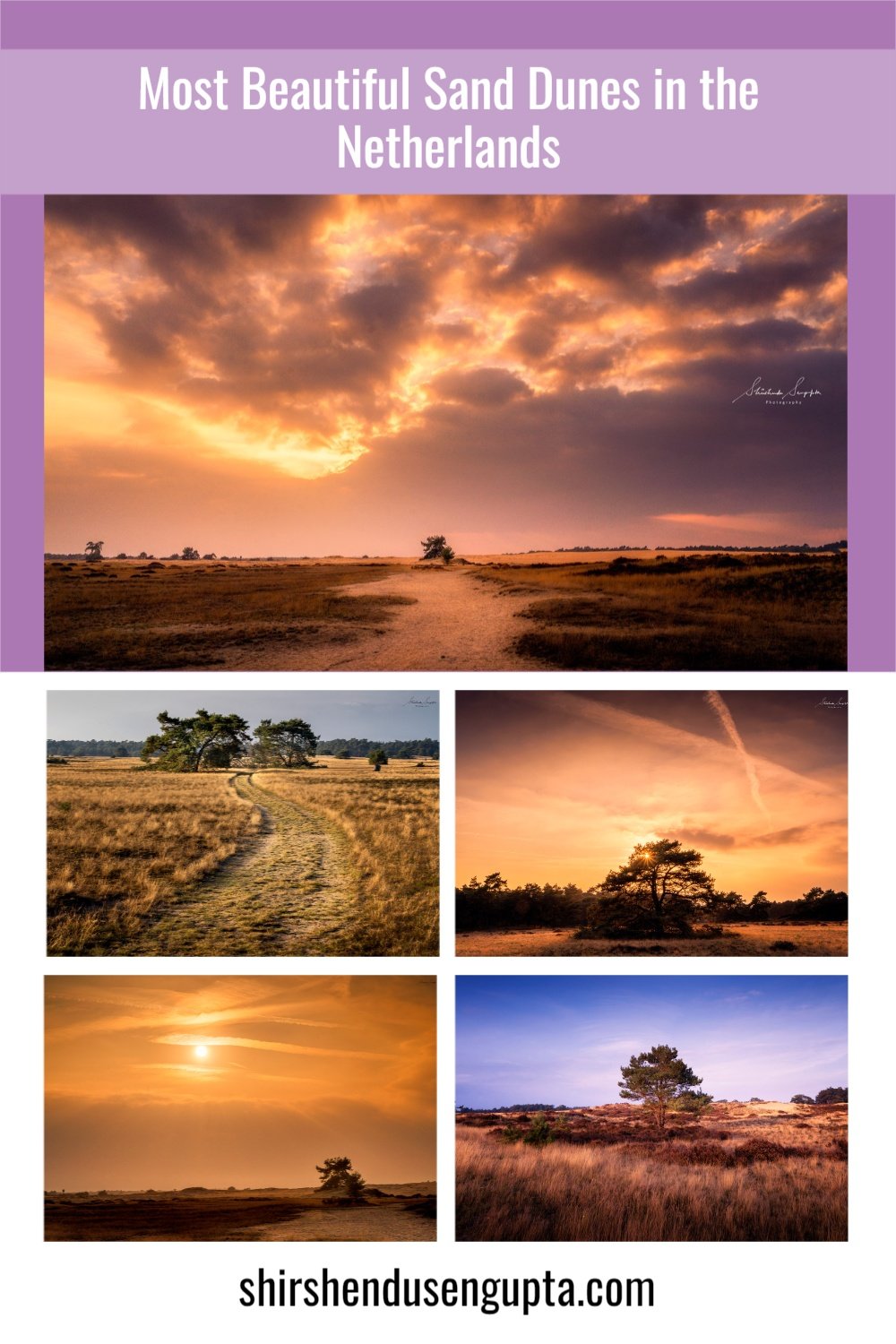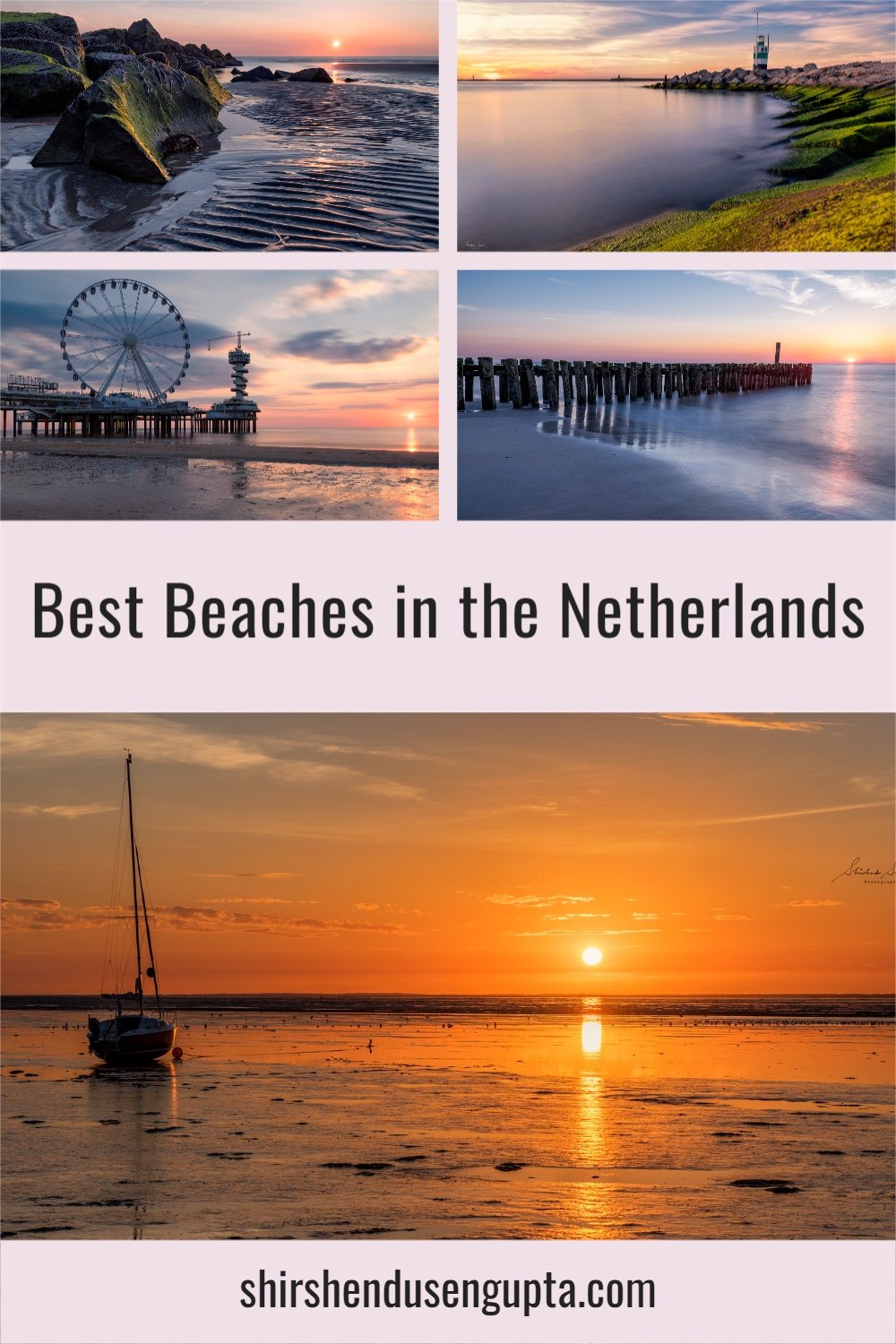9 Best Things to See and Do in Zaanse Schans Windmill Park (Zaandam) | All You Need to Know to Visit Zaanse Schans (Zaandam) on a Day Trip from Amsterdam, the Netherlands
What is Zaanse Schans?
The Zaanse Schans is a small Dutch village on the Zaan river 20 km north of Amsterdam, in the neighborhood of Zaandam. It has an open-air museum feel that offers a peek into the Dutch life of the golden ages with its traditional wood houses, vibrant windmills, and workshops. The Zaanse Schans draws in almost a million visitors each year, and it's one of the Netherlands' best-loved destinations. Together with the neighboring city of Zaandam, famous for its wooden Zaan-style houses, it is a must-visit destination when you’re in the Netherlands. Today I’m going to share with you, the 9 best things to see and do in Zaanse Schans Windmill Park. Let the journey begin!
And if you want to know more about such places to visit iconic windmills in the Netherlands, please read our article 12 Best Places to See the Most Iconic Windmills in the Netherlands | 12 Most Famous Dutch Windmills | Visit The Most Beautiful Windmills of Holland.
Brief History of Zaanse Schans
In the 18th and 19th centuries, Zaan was a major industrial area, with hundreds of windmills producing linseed oil, paint, snuff, mustard, paper, and other items. Many of those windmills from across the Zaan region have now been moved to Zaanse Schans, and the distinctive village houses have been converted into museums, souvenir shops, or workshops, while others are still used as private residences.
9 Best Things to See and Do in Zaanse Schans Windmill Park
1. Visit the windmills
More than 600 windmills were built in the area around the Zaanse Schans during the 17th century, forming the first industrial zone. Windmills were used to crush spices, manufacture paint, saw wood, and make oil, among other things. Several of these windmills can still be seen and visited today.
De Huisman (1786) - Originally a mustard grinding mill which grinds several other spices now that are stored in Indië’s Welvaren, the spice warehouse standing next to it.
De Kat (1664) - The only working paint mill in the world where you can see live demonstrations. The mill also produces chalk, pigments, and oils in addition to paint.
De Gekroonde Poelenburg (1869) - A centuries-old wood saw mill. A sawmill is a necessity when all of the houses are made of wood. De Gekroonde Poelenburg is a paltrok mill, and there were 200 of these in the Zaan area at one time. Paltrok mills have a three-sided open work floor and frequently have a dark, tarred body or buck. The entire mill is wheeled over a so-called rolling ring during trundling (turning to the wind). The paltrok is frequently referred to as an under-wheeler because of this. This is in contrast to over-wheeling mills, which only rotate the top section with the sails.
De Zoeker (1672) - A mill that produces peanut oil, vegetable oil from linseed and rapeseed, paint, and cocoa. The mill is thought to have been built around 1610 as a polder mill that was converted into an oil mill in 1672.
Het Jonge Schaap (2007) - A reproduction of a wood sawmill. The mill was established in 1680 in Zaandam's Westzijderveld and remained operational until 1942 when it was dismantled. The renovation of the current location at the Zaanse Schans, which used as many 17th-century architectural techniques as feasible, was completed in 2007.
De Bonte Hen (1693) - An oil mill making oil from flaxseed. This mill has escaped several lightning strikes, a lucky fortune not shared by many of the 600 Zaan mills.
De Os (1663) - It was once a windmill that was later converted to a diesel-powered mill in 1916.
Het Klaverblad (2000) - Ru Pos, a miller, purchased a little plot of land in 1973 to realize his ambition at the Zaanse Schans, outside the dyke, on Kalverringdijk. A barn and annex were constructed first. Between 2000 and 2005, he built a small wood sawmill with his own hands.
De Bleeke Dood (1656) - The oldest smock mill in the Netherlands. It was used to grind flour until about the middle of the 19th century. This windmill is closed to the public.
De Ooievaar (1936) - Repurposed historic oil mill that was moved to the Zaan area in 1936. This windmill is closed to the public.
Miniature Windmills on the Schans (late 1800s) - At the Zaanse Schans, there are two small windmills in addition to the great industrial windmills. In 1968, the 'De Hadel' meadow mill was transferred to Zeilemakerspad. It was originally constructed in the late 1800s to pump water out of a polder. The little mill was originally situated in Midwoud, a small village in North Holland. The other mini-mill De Windhond, crushed stones in the Zaan area. There are nine pounders in the mill, as well as a grindstone. Young people used to build these little mills all over the place, in farmers' yards or on small barns. They supplemented their income by pulverizing broken sandstones. This fine sand was ideal for sanding and polishing.
2. Visit the museums and buildings
At the Zaanse Schans, you may visit the following museums and buildings -
Zaans Museum and Verkade experience - You'll see a magnificent museum when you first arrive at Zaanse Schans. This is the Zaans Museum, which tells about the area's history, windmills, and trade. It has a unique collection of local kitchenware, costumes, and paintings. At the heart of the museum is located the Verkade Experience that showcases the original machines from the chocolate factory dating back to the twentieth century.
Cheese farm Catharina Hoeve - 17th-century cheese farm with an abundance of samples of local cheese to try. The wide assortment includes some local specialties like smoked Gouda with herbs, Gouda with chilies, and Gouda with pesto. Along with that, there are daily demonstrations in ten different languages that allow you to view every step of the cheese-making process.
Albert Heijn Museumwinkel - Historic shop then 21-year-old Albert Heijn started up a grocer's shop in 1887, that evolved into the supermarket chain we know today.
Bakkerijmuseum (Bakery Museum) de Gecroonde Duyvekater - Showcases the historic art of baking since 1658. Duivekater, a famous sweet bread from Zaanse, and other originals, as well as more current baked delicacies, are available to sample.
Zaanse Tijd - From the 16th-century bell tower to current electronic alternatives, the museum takes you on a journey through the history of Dutch clocks. Pendulum clocks from the period of the scientist Christiaan Huygens are among the major exhibits (1629-1695). The majority of the clocks are still operational and chime every hour.
Honig Breethuis - 19th-century merchant family Honig's residence.
Tiemstra Kuiperij (Cooperage) - Learn about the ancient art of barrel manufacturing here.
Weverhuis (Weaver’s House) - Learn about the classic Dutch craft of sailcloth and windmill cloth weaving. Two families lived in the Weaver's House in the eighteenth century, directly amid the five looms. Crawl behind the loom, recline in the box bed, and admire the weavers in their traditional garb to get a sense of how it must have felt back then.
Jisper House - Take a photo in traditional local attire inside a fisherman's home in the village of Jisp as it would have been around 1850.
Blik op de Zaan - Here you can learn about how and when the fat seeds, cocoa, and peanut ended up in the Zaan region. You can also make your own chocolate milk by mixing the peanut butter and chocolate.
Liqueur distillery de Tweekoppige Phoenix - See in action and learn all about the ancient art of distilling alcohol. The mills used to grind grain not only for bread but also for beer and gin until the invention of the steam engine.
The Tinkoepel pewter foundry - This is one of the last pewter foundries in the Netherlands. All of the goods are cast and completed by hand in this traditional trade, which uses no machines. The moulds are always formed of an antique kind of metal, the oldest of which dates back to 1697. Every day, the pewter foundry offers free demonstrations. Inside, you'll find the most extensive selection of pewter products in the Netherlands.
Windmill Museum - The windmill museum is equally interesting whether you visit it at the beginning or end of your tour to the Zaanse Schans. The interactive display showcases aspects like trade, culture, income, labor, poverty, and social development of the Zaan region. One of the highlights is an 11-meter-wide panoramic painting depicting all of the windmills in Zaandam's eastern portion around 1800.
3. Shop at the handicraft stores
The Saense Lelie craftcenter - A Delft Blue artist, a diamond cutter, a jeweler, a local oil painter and another who specializes in the Assendelft style, and a variety of other craftspeople are all housed at the Saense Lelie. You can choose from one of Amsterdam's greatest diamond collections and watch as your diamond is set in 18 carat gold by skilled goldsmiths.
Vrede Souvenirs & Gifts - Built between 1721 and 1731, it houses one of the most well-organized souvenir shops in the Netherlands. Typical Dutch souvenirs and special products, such as Royal Delft Blue (1653) and Willow Tree figures, are available here. Vrede Souvenirs also sells nautical antiquities, jewelry, and a variety of watch brands.
Orse ket aan ‘t Glop - The store is brimming with fashionable and typically Dutch goods. The shop portion of the building comes from the 19th century, while the rest of the structure was constructed in 1630.
Soap Factory - Discover the intriguing history of sanitation and cleaning. The soap factory uses only traditional methods to make soap, cosmetics, perfume, and everything else linked to hygiene and cleaning.
Jagerhuis Antique Shop - The Jagershuis antique shop is housed in the Zaanse Schans' oldest house, which was built in 1623. It's a terrific pleasure to rummage through all of the oddities in this beautiful store. You'll undoubtedly find something unique to remind you of your visit to Zaanse Schans. Claes de Jager, the rich owner of three sawmills, gave the home its name.
Windmill Shop - Here you can purchase gorgeous windmill souvenirs. Part of the De Bezem windmill storehouse houses the Windmill shop.
4. Visit the clog workshop
At Zaanse Schans you can find a massive pair of brightly painted wooden clogs, with a clog-making factory and a gift shop behind it. The workshop is housed in the 1750 warehouse 'De Vreede,' which used to store grain and snuff tobacco. The warehouse was initially used by the Westzaan-based Molenaar firm (Molenaar's infant food). At the workshop, there are free clog-making demos throughout the day. You'll see how a shoe is made from beginning to end, as presented by a clog maker. The presentation will last approximately 15 minutes.
Clogs are wooden shoes with diverse prints and cultural themes that are worn in several parts of the world. Dutch clogs are a part of the culture in the Netherlands. Since medieval times, the Dutch have worn wooden shoes known as "Klompen" (clogs). Farmers utilized them as safety shoes, and they're especially handy for walking through swampy areas. Clogs were once created entirely by hand, but today they are made entirely by machines. These shoes are made from a variety of woods. Clogs were originally made primarily of willow or poplar wood.
5. Eat at Pancake Restaurant De Kraai
Try a 29-centimeter Dutch pancake in the lovely dining room or patio at Pancake Restaurant De Kraai. In addition to pancakes, they also serve sandwiches, salads, soup, and coffee/tea, as well as a variety of pastries.
6. Take a boat tour
The Zaanse Schans is located along the De Zaan waterway, making it ideal for boat exploration. Boat cruises are offered by a number of shipping firms. Take a ride on the koeienboot (cow ship), which was once used to transport animals across the water, as the name suggests. You can also ride the voetenveer (pedestrian ferry) to both banks of the Zaan. Jetties are available for people who have their own boats.
7. Cycle in and around the neighborhood of Zaanse Schans
There are bike tours and several cycling routes available across the area, making it an ideal destination to visit on a sunny day. In the summer, though, these trails become extremely congested, so be wary of ‘fietsers’ racing down the paths on their bikes. If you don't have a bike, you can hire one at Zaanse Schans.
8. Visit neighboring city of Zaandam
If you have time after visiting all of these, you can check out the neighboring city of Zaandam, famous for its wooden Zaan-style houses. One of the highlights is the The funky facade of Inntel Hotel located just outside the train station of Zaandam made up of over 70 separate small cottages that are stacked in four different hues of the Zaan region's typical green color. Five different styles of Zaan houses can be found on the hotel's facade, ranging from laborers' cottages to town houses. The blue corner piece, which is a reference to the blue home that was the subject of a picture by French artist Claude Monnet (1840-1926) during his stay in the Zaan region, is a notable exception.
9. Stay overnight at B&B Heerlijck Slaapen
If you cannot get enough of Zaanse Schans in a day, you can also choose to stay back for a night or two in one of the cozy Bed & Breakfast establishments in the Zaanstreek region. However, if you want to stay within the Zaanse Schans Windmill Park, B&B Heerlijck Slaapen is the only option. The Zaanse Schans' Heerlijck Slaapen has a welcoming, relaxing atmosphere. The B&B's rooms all enjoy a view of the River Zaan. Furthermore, each room has its own personality, with the most romantic being the room in the Aan 't Glop monument.
Visiting Zaanse Schans
Bus: Every fifteen minutes, the Rnet-bus 391 departs from Amsterdam Central Station for the Zaanse Schans. In July and August, the Rnet-bus 817 runs from Zaanse Schans to Volendam/Edam. The bus is also available on weekends, including Ascension Day and Pentecost. Check the timing of the buses on 9292.nl on the day of your journey to plan your travel.
Train: ‘Zaandijk - Zaanse Schans’ is the closest train station to Zaanse Schans. This station is around 15 minutes away by local train from Amsterdam Central Station. After that, take a 15-minute stroll to the Zaanse Schans.
Car Parking: Parking on the spot (subjected to availability). You will see parking signs as you arrive.
Opening Hours and Ticket Prices: The outdoor area of the Zaanse Schans is free to visit, however, the museums, workshops, and windmills have different opening hours and entry costs. For more information on the opening hours and ticket prices of each of the attractions in Zaanse Schans, please visit their website mentioned below.
Website: dezaanseschans.nl/en
Epilogue
So those were the 9 best things to see and do in Zaanse Schans Windmill Park. Please let us know in the comments below if you enjoyed reading this article.
And if you are visiting Zaanse Schans, we also recommend you to visit more such authentic Dutch villages in the neighboring Waterland region. To know more about the most beautiful villages to visit in Waterland, please read our article Experience Waterland | 11 Most Charming and Beautiful Authentic Dutch Villages of Waterland | The Wet Back Garden of Amsterdam, the Netherlands. And if you want to know more about such places to visit iconic windmills in the Netherlands, please read our article 12 Best Places to See the Most Iconic Windmills in the Netherlands | 12 Most Famous Dutch Windmills | Visit The Most Beautiful Windmills of Holland, or if you want to know more about such beautiful photography locations in the Netherlands, please read our article Instagrammable Netherlands | 39 Best Photography Locations in the Netherlands | 39 Top Photo Spots in the Netherlands. Until then, merry traveling and happy shooting!
Pin the article
Bookmark the article for reading later!
Want to license/buy photos in the article?
License photos for commercial/editorial use or buy photo prints!
Want us to write an article for you?
Articles for magazines, newspapers, and websites!
Watch our Videos
Check out our videos on our Youtube Channel!
Join the Newsletter
Get updates on our latest articles!
We respect your privacy. Read our policy here.



